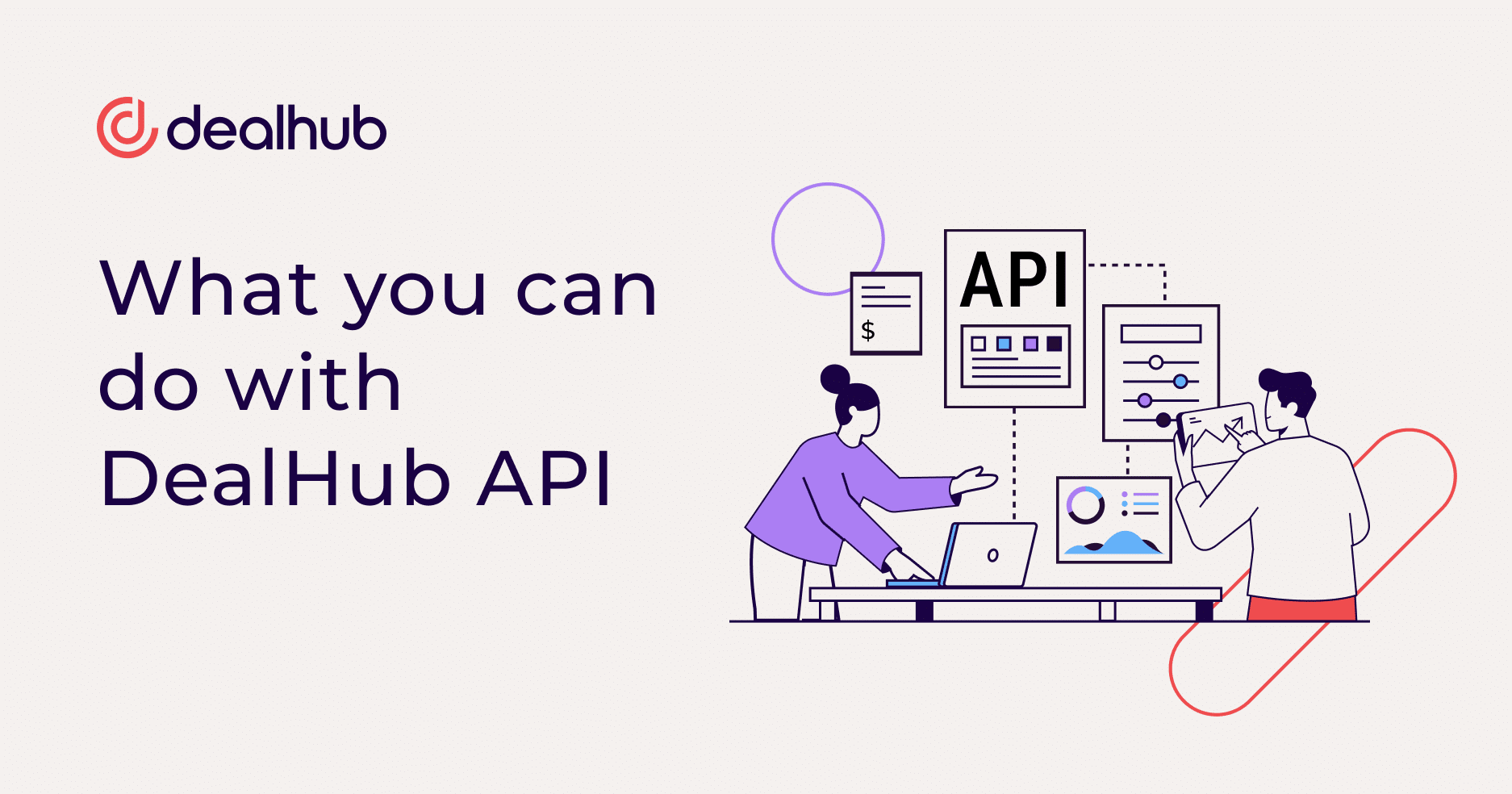Sales enablement programs are surprisingly unique in the way they are internally defined, managed and implemented. While most corporate initiatives focus primarily on the beneficiaries – product managers concentrate on customer requirements, HR retention programs center on employee needs – it often seems to salespeople that the work done in their name just creates more work for them.
Think about it from their perspective. Companies are always trying to get salespeople to replace their “individual workflows” with more efficient solutions. But when you review the results from your last sales enablement project, how well was it received? Did it actually help your salespeople do their job more effectively or did it simply satisfy a corporate desire to increase revenue, scrutinize the pipeline or shorten the sales cycle? To accurately assess the success of a project, just look at the solution’s adoption rate.
Low utilization rates should cause a company to reassess its motives. I know a lot of people say they are trying to assist their reps and make things as efficient as possible, but that’s not always the case. Too often sales enablement is really all about solving management level issues – and that needs to stop. We constantly meet organizations who’s sales enablement program has stemmed more from a need to increase oversight than a desire to enhance efficiency.
Management often puts new systems and technology in place to give them more visibility into the sales reps actions and information. It sounds like a good thing. The sales team gets more analytics and insight to improve collaboration and decision making.
But how does it really help the sales reps? With greater access to analytics and insights, sales teams should become more collaborative and effective. However, if all a salesperson gets out of a new CRM or CPQ solution is extra work or the feeling that big brother is spying on them, it’s no wonder that so many sales enablement projects have such low adoption rates.
Does this sound familiar?
- Project requirements are defined by operational or managerial needs (we need a new CRM solution to provide greater insight into what’s happening with sales) and hopefully, take into account their idea of what the sales reps need – whether or not it is accurate.
- The management team evaluates readily available tools and chooses the one that best aligns with their high-level goals.
- When the tool is implemented, somehow the requirements aren’t fully met – reports are incomplete, data isn’t fully rationalized – and goals are not completely realized.
- Surprise! The post-deployment analysis reveals that adoption rates are low. Management realizes that the tool does not meet either group’s expectations and that the requirements document was not properly specified for actual user needs.
- Management may try to correct adoption problems but often the project is abandoned for failing to deliver as promised. Perhaps the tool gets used sporadically or maybe it just gets swept under the rug. Typically these failures are followed by long “hush-hush” period of time where nobody talks about what happened or why they attempted the project in the first place.
Clearly, this scenario is not ideal, yet not all that unfamiliar for many managers tasked with implementing new systems. Most like to blame poor adoption rates on that fact that sales reps prefer their own methods – old dogs/new tricks, all that jazz.
In reality, it doesn’t matter what kind of system your sales reps already have in place. They will use a new sales enablement program if they believe it will really help them win more business and be more successful in their position.
In a perfect world, this is how a sales enablement project could go:
- Build your project requirements based on what management needs AND what your sales reps will enjoy using to become more effective (that’s right, we said AND, not OR)
- Search out the tools that can fulfill the complete, unified set of requirements
- Conduct a PoC to verify and refine usability from the salesperson’s perspective – it’s key that you’re looking at it from the user’s perspective
- Then… deploy, enjoy and reap the benefits
The real trick lies in putting Sales first. If you think of usability first and then look for tools that support them, everyone will get what they need. Management will get all the insights and control they need. Salespeople get the tools they need to convert prospects, build a strong pipeline and efficiently configure, price and quote new business.
For those managers that still think that they know better than the average salesperson, it is important to remember the benefits of high adoption rates. While a market-leading product may look good on paper, if it will only achieve a 50% utilization rate, it’s just not worth it!
In truth, you’ll benefit more from extending the evaluation/PoC process until you find a solution that truly satisfies user requirements. In many circles, putting salespeople before corporate goals is a heretic attitude – but you do the math. Sales enablement projects are costly and highly disruptive to the business – at least during the initial deployment phase. Making sure the program can achieve the needed usage rates before you invest will keep you from experiencing failure over and over.
If you’re serious about making your sales enablement effective, remember:
- Sales enablement must put actual sales requirements first
- Benefits can only be realized when adoption rates are high
- A sales enablement program can only succeed if you follow rules 1 AND 2








